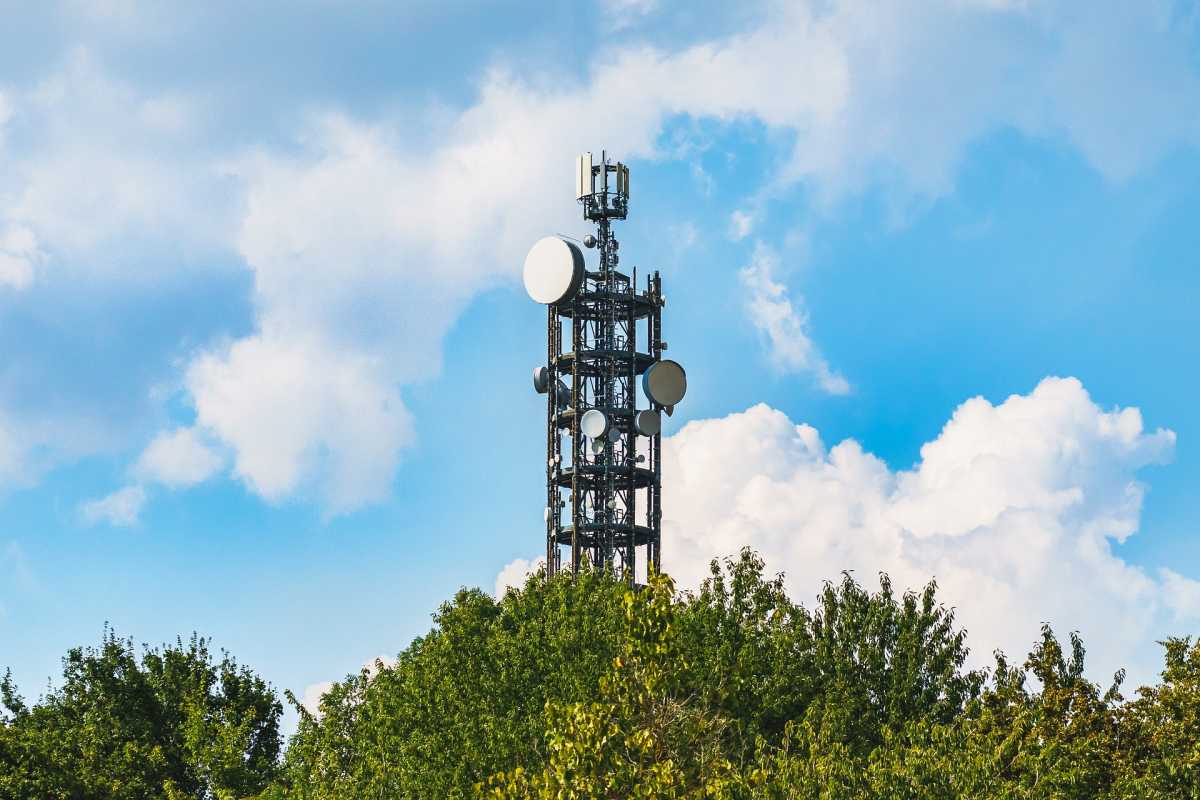
In the latest developments, the government of India has issued guidelines to immediately resolve the issues pertaining to the installation of mobile phone towers at and nearby airports. Senior Deputy Wireless advisor at Department of Telecommunications (DoT), LD Meghwal has apparently written a letter to the general manager of Airport Authority of India and JCES director stating that if the applications seeking approvals from Airport Authority of India (AAI) and Joint Communications and Electronic Staff (JCES) are not taken care of within 30 days of filing, will be regarded as cleared off.
Current Scenario of Getting Approvals
According to a report from ET Telecom, the above-mentioned letter was also forwarded to the chief secretaries of states and union territories which currently have similar pending approvals. A copy of the letter was also sent to the secretary at the Ministry of Civil Aviation. A condition for clearance was also mentioned in the letter. It was stated that the physical construction of mobile towers should not be initiated before the sixteenth day of the issue of the clearance.
It is to be noted that telecom operators without any exception require permission on the height and location of any tower its devices to install anywhere from Standing Advisory Committee on Radio Frequency Allocations (SACFA). Also, AAI and JCES are a part of SACFA and a majority of the permissions are granted via AAI. However, the government had issued policies and guidelines to simplify the process of getting approvals from SACFA. The government took measures to streamline the process of getting approval for the installation of towers, including self-declaration based, automated time-bound approvals.
LD Meghwal also mentioned that the AAI had added a total of 121 non-licensed state-government controlled airports in 2015 to the protection list which has now been reduced to 97 airports. However, the authority hasn’t been able to efficiently manage the pending cases with these airports. It is to be known that the airports on the protection list are spread across 23 states and UTs in India. The deputy wireless advisor also informed that the failure of getting approvals is causing a lot of hindrance in the expansion of telecom services in the country as well as sternly affecting the proliferation of broadband particularly in rural and underserved areas.















